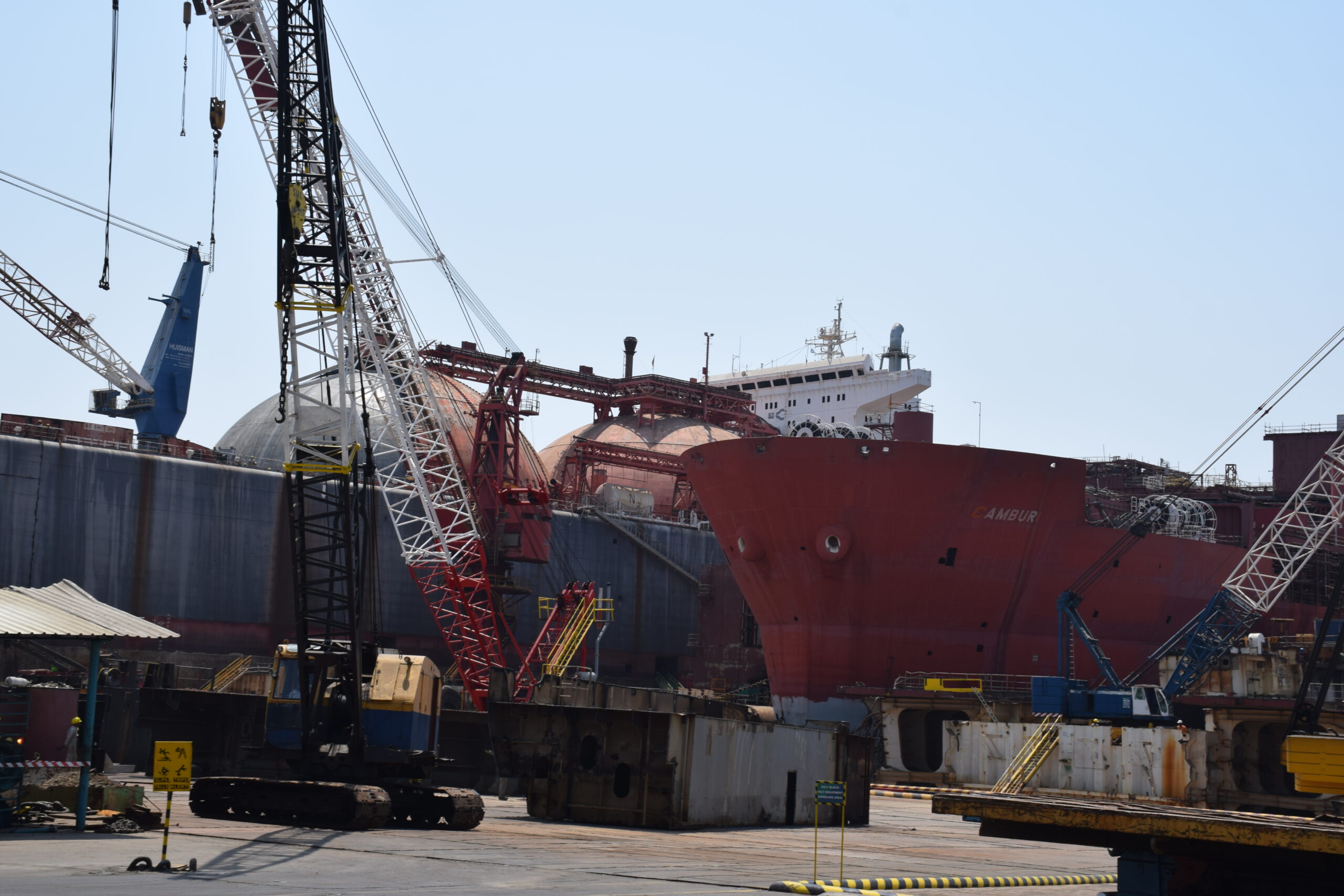The End of Colonial Trade Routes? India’s Push for New Connectivity in Asia
The recent disruptions in global trade caused by conflicts in the Black Sea and the Red Sea have exposed the vulnerabilities of our current trade routes. Imagine food prices skyrocketing due to a handful of armed groups wielding drones and rockets – that’s the reality we’re facing. This situation demands a complete overhaul of how we connect and transport goods across Asia and beyond.

The existing network of trade routes, established during colonial times, primarily served the interests of Western powers. These routes mainly focused on moving resources from Asia to fuel Western economies, leaving large parts of Asia underdeveloped and disconnected. It’s time to move beyond this legacy.
India, with its philosophy of “Vasudhaiva Kutumbakam” (the world is one family), is leading the charge in creating new trade corridors. These corridors aim to connect Asia with Europe through the Arabian Peninsula and Central Asian nations like Iran. This isn’t just about economics; it’s about reshaping the entire geopolitical landscape.
Central Asia, brimming with natural resources like oil, gas, minerals, and fertile land, stands to gain immensely from these new routes. Countries like Kazakhstan, Turkmenistan (oil and gas giants), and Uzbekistan (a leading cotton producer) are prime examples.
India’s vision is a bold challenge to the established order. Let’s delve deeper into two key aspects of this plan: Chabahar Port and the International North-South Transport Corridor (INSTC).
Chabahar Port: A Gateway to Central Asia
Chabahar, meaning “Four Springs” in Persian, boasts a rich history dating back to ancient empires. Strategically located on the Iranian coast, it was once a vital trading hub. Today, it has the potential to become India’s gateway to landlocked Central Asian countries like Afghanistan.
The 2016 Chabahar agreement between India, Iran, and Afghanistan marked a turning point. This agreement aims to boost regional connectivity and reduce Afghanistan’s dependence on Pakistan for trade routes. It was a landmark occasion, marked by the first visit of an Indian Prime Minister to Iran in 15 years. Prime Minister Narendra Modi pledged a significant investment of $500 million, reflecting the historical and future importance of Chabahar.
Recently, India secured a 10-year contract to develop Chabahar. This signifies India’s long-term commitment to the project. India Ports Global Ltd (IPGL) plans to invest heavily in equipment and operations, with the potential for even further cooperation beyond the contract period.
India’s Foreign Minister emphasizes the importance of open communication and persuasion in convincing stakeholders of the broader benefits of Chabahar. He rightly argues against a narrow perspective, highlighting how this project benefits everyone involved.
The International North-South Transport Corridor (INSTC): Connecting the Dots
Chabahar port is a crucial node in the INSTC, an ambitious project aiming to connect India, Iran, Russia, and Central Asian countries through a network of maritime and land routes. This corridor presents a viable alternative to the traditional trade routes, bypassing congested waterways and politically volatile regions.
The Road Ahead
India’s push for new connectivity corridors in Asia is a bold and necessary step. It has the potential to reshape trade patterns, empower Central Asian nations, and foster a more cooperative geopolitical environment. The success of this endeavour hinges on India’s ability to build strong partnerships with regional players and navigate the complex geopolitical landscape. By remaining committed to open communication and highlighting the mutual benefits of these corridors, India can usher in a new era of connectivity and prosperity in Asia.
Disclaimer:
Hey there! Just a heads-up: the stuff you find on this website is meant for general info only. We try our best to keep it accurate and up-to-date, but we can’t guarantee it’s always perfect. We’re not making any promises about how complete, accurate, reliable, suitable, or available the info, products, or services on here are for your needs.
So, if you decide to rely on any of this info, just know it’s at your own risk. We’re not responsible for any losses or damages that might happen because of using this website, whether it’s indirect, consequential, or anything else. That includes things like losing data or profits. Thanks for understanding!
Author: shipping inbox
shipping and maritime related web portal








